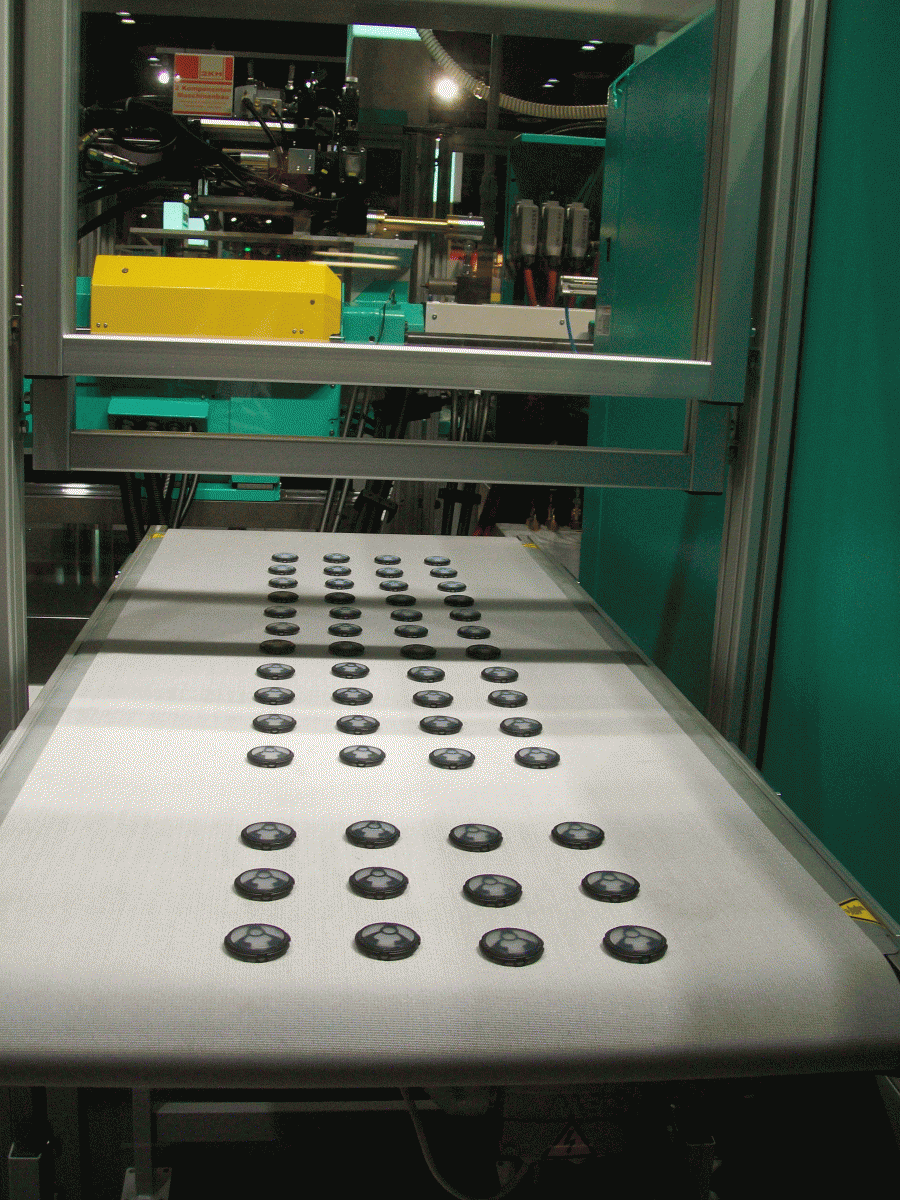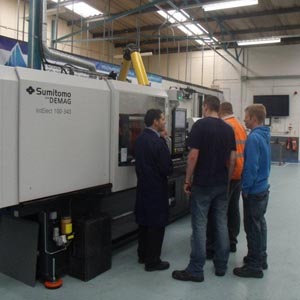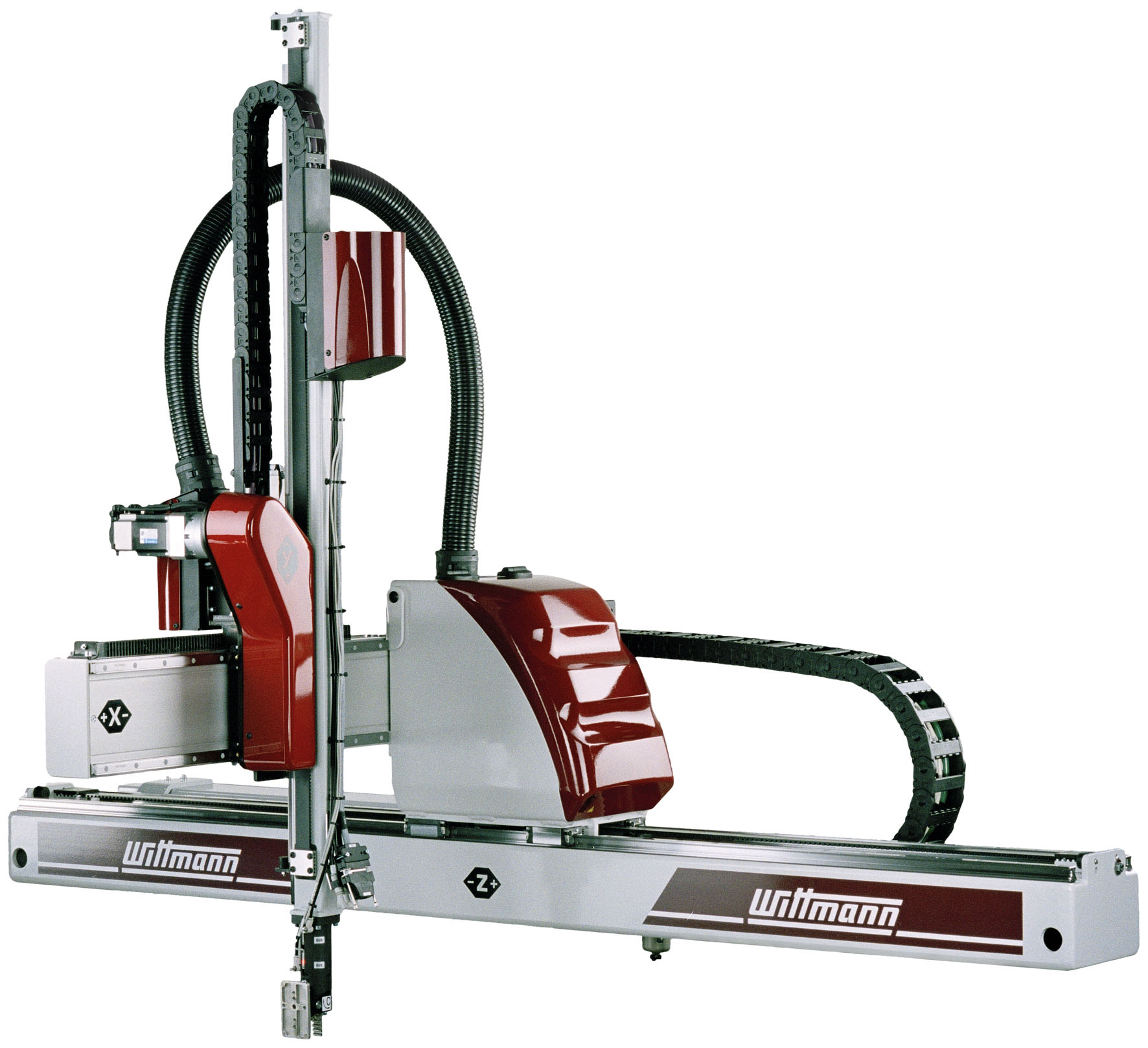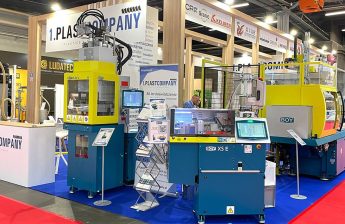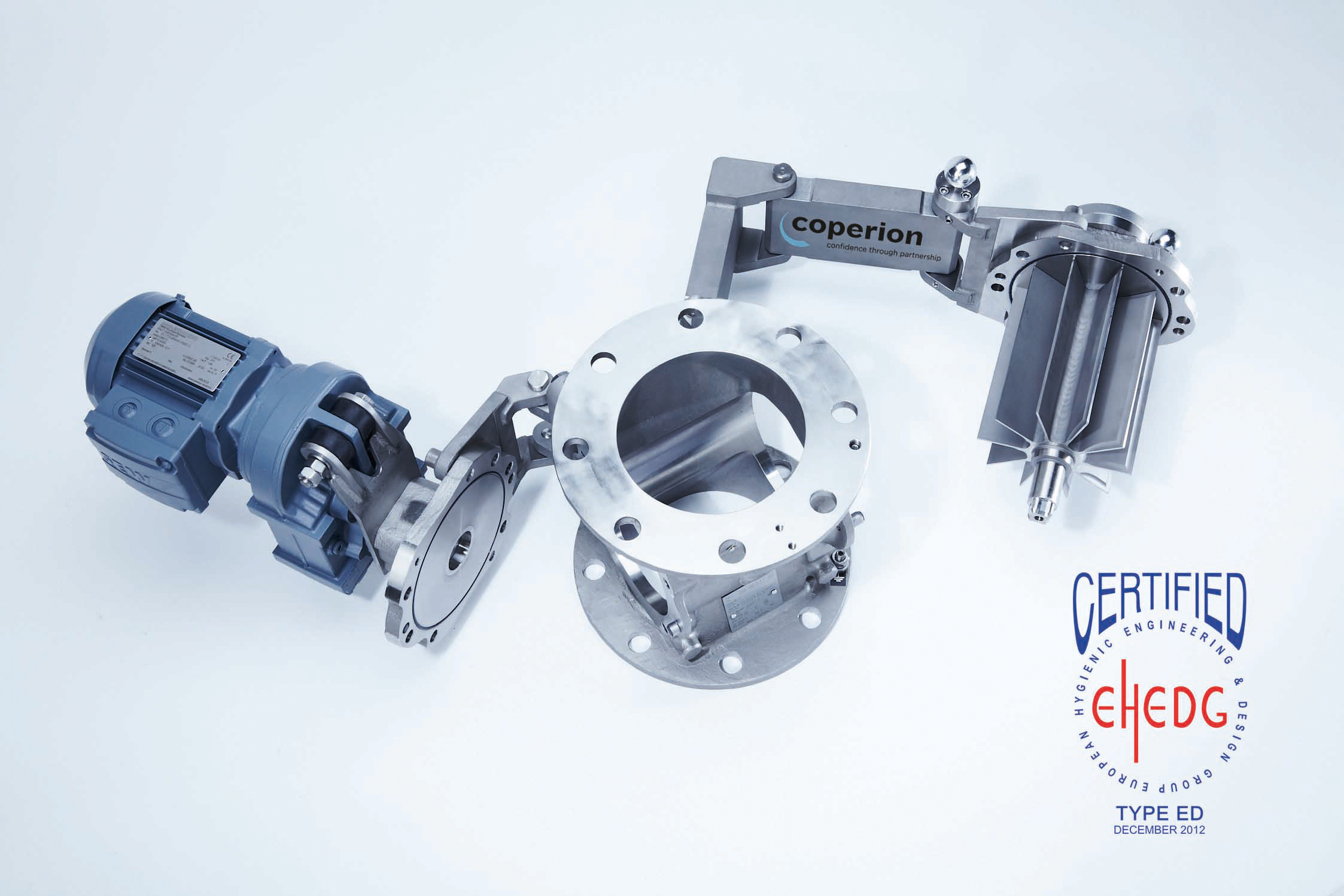
The rising importance of liquid silicone rubber molding in the American medical market was apparent in several exhibits and demonstrations at NPE2012 last week in Orlando, FL.
LSR provides improved clarity, heat and chemical resistance and better cost performance for high-precision
parts compared to many other elastomers, including high-consistency silicone rubber. Many thermoplastic molders in the United States are adding LSR as medical device manufacturers seek contract manufacturers with broad capabilities.
It was clear at NPE 2012 that the bar for LSR molding is rising.
“Precision molding is becoming increasingly important in LSR molding applications across all market segments” Steve Broadbent, LSR/ELAST project engineer at Engel Machinery North America (York, PA) told a packed news conference. “The need for post-process trimming is no longer acceptable, which means flashless production is a must.”
Silicone diaphragms were produced at NPE in the Engel booth on an e-victory, tiebarless 130-ton machine running a 7-second cycle, using a 64-cavity valve-gated mold with a cold-runner system supplied by ACH Solution, Fischlham, Austria. The material used was a Shore A 50 hardness LSR from Shin-Etsu Silicones (Akron, OH). The ACH also contributed a custom servo-controlled top-access demolding device.
Energy savings
Milacron (Batavia, OH) produced medical inserts on all-electric Roboshot S-2000i55B injection molding machine in a 2-LSR cold deck from Roembke Manufacturing & Design.
“The Roboshot series allows for more effective production processes through reduced energy, scrap elimination and improved production capabilities, which result in overall cost savings,” said Eric Thompson, electric platform product manager for Milacron. “With advanced plotting and data tracking, along with unmatched repeatability and process control, the Roboshot makes it easy to run hard-to-process materials, such as LSR, which are increasingly in demand in medical and other markets.”
Wittmann Battenfeld (Torrington, CT) demonstrated LSR on an HM 180/350H/350V ServoPower multi-component injection molding machine running in the Wacker booth. A spectacle case made of 20% glass-fileld PBT-type polyester and LSR was produced in a mold supplied by Rico.
The dosing and mixing pumps for the LSR were supplied by 2 KM. TEMPRO plus D temperature controllers generated the high mold temperature required for vulcanizing the LSR. A servo-driven rotary unit was integrated in the machine. The parts were manufactured in a 1+ 1-cavity mold within a cycle time of about 50 seconds.
Two companies demonstrated LSR capabilities on non-medical applications.
One particularly interesting example came from Arburg (Newington, CT), which produced a coupling cushion for car windshields on an injection molding system using an electric Allrounder A and a Multilift V robotic system. The component consisted of a PBT frame and a silicone component in which a sensor were inserted. The silicone component connects to the windshield, requiring compensation for the windshield curvature.
A special liquid silicone with a hardness of only five Shore A and low initial viscosity was used for the demonstration because the tolerances of the windshields are relatively high, but the installation forces must be kept low.
Thermal isolation
In the 4+4-cavity mold, hot-runner technology provided direct injection of the thermoplastic part, while cold-runner direct injection was used for the LSR part. The two areas had to be thermally separated inside the mold to prevent the LSR from setting up prematurely and ensuring that the PBT didn’t freeze. The cold-runner technology used in this mold also ensured that sprues can be recycled.
Four pre-molded parts and four finished components with a part weight of 4.53 grams (0.16 oz) were produced in a cycle time of 38 seconds. The mold manufacturer (Rico) used transfer technology in which a vertically configured Multilift Select robotic system placed the pre-molded parts into the mold and removed the finished
parts.
The dosing system was supplied by 2 Komponenten Maschinenbau and Regloplas supplied the cooling unit and temperature control.
Zeiger Industries (Canton, OH) demonstrated its LSR molding Plug-n-Play Conversion Kit at NPE 2012 with a quiche pan injection molding operation running in its booth.
“Our LSR Plug-n-Play Conversion Kit allows a processor who wants to use an existing thermoplastic injection molding machine to convert it to mold LSR components,” said Stan Glover, Zeiger Industries’ director of sales. “The kit can be outfitted to work on any brand or model to convert for LSR molding.”
The quiche pan ran on a Sumitomo Demag SE50DUZ direct-drive, all-electric, injection molding machine. The pans, in blue supplied by Holland Colours America, Inc., were produced in a mold supplied by PTG Silicones (New Albany, IN) and were demolded using a Yushin robot.
Austrian-based Elmet Industries made its NPE debut, featuring its TOP 1000 Dosing Pump, which has been developed as a lower cost alternate to the feature-loaded TOP 3000 Dosing System. Both versions operate pneumatically and are suitable for both 5 gallon (20 liters) and 55 gallon (200-liters) drums.
Source : plasticstoday.com

